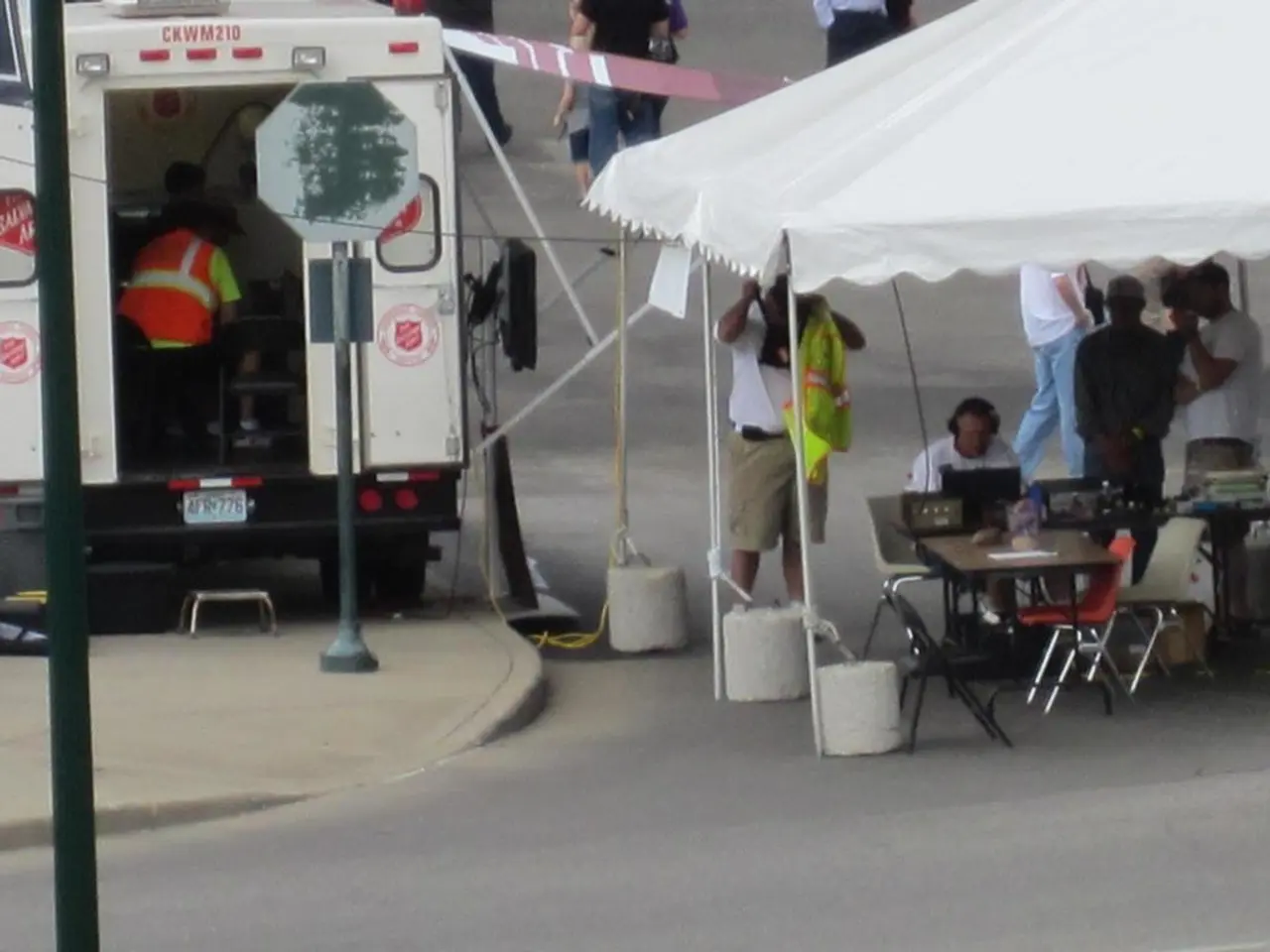Structural Issues Plague Rescue Services for Decades - Emergency services' structure has been deteriorating for quite some time.
In a bid to achieve uniform standards in emergency care nationwide, the Björn Steiger Foundation has filed a constitutional complaint with the Federal Constitutional Court in Karlsruhe. This move comes as various stakeholders, including health insurance associations, advocate for reforms in Hesse to improve efficiency, coordination, and resource allocation.
The Hessian state association of the German Red Cross awaits the audit report with interest and has long been advocating for reform. Their goals include creating alternative structures to classic hospital care and further developing acute medicine in a patient-centered manner.
The concrete demands for reform include mandatory quality standards for life-threatening emergencies throughout Germany, the establishment of a virtual health control center with networked locations, and a uniform emergency call inquiry with telephone and telemedical care.
Doctors support a focus on identifying real emergencies quickly and bringing patients as quickly as possible to medically highly qualified treatment units, especially in cases of heart attacks or strokes. The rescue service structures in Hesse, with 25 rescue control centers, are currently considered too small and not on an international quality standard.
The associations of health and substitute cash registers in Hesse criticize the current structure of the rescue service in the federal state. They argue that it is outdated, expensive, and endangers patient safety. Control center fees for emergency rescue in Hesse have increased by 73 percent within ten years, and those for patient transport by 97 percent.
Axel Kortevoß of the vdek, who was mainly responsible for a recent report, stated that currently, patients are left to decide where to turn for help, including to family doctors, local on-call services, telephone services like 112 and 116 117. The Björn Steiger Foundation, on the other hand, advocates for a networked health command center where 112 for emergencies and 116 117 for non-medical emergency queries converge, providing access to both emergency services and on-call services, palliative teams, and all other service providers in the social and health sectors.
The associations advocate for a focus on emergency situations such as heart attacks or strokes in the implementation of quality standards. They also criticize different supply standards and unnecessary communication paths in case of an emergency.
Looking to other countries for inspiration, models for the reform of the rescue service structures in Hesse are being drawn from the Netherlands and Denmark, where a virtual control center covers all aspects of healthcare, including emergency rescue and health advice.
While the specific proposals for reforming emergency rescue service structures in Hesse are yet to be finalized, it is clear that change is on the horizon. The rescue service employees in Hesse are highly motivated and highly committed, and their efforts will be crucial in implementing these reforms. For the latest, detailed reform proposals from vdek, AOK Hesse, or other relevant bodies in Hesse, it is recommended to consult official statements or publications from these organizations or Hesse's Ministry of Social Affairs and Health.
- The Björn Steiger Foundation, in their constitutional complaint, suggests the implementation of a networked health command center, which would incorporate vocational training for emergency response personnel to ensure a uniform emergency call inquiry and improve health-and-wellness services, much like the models seen in the Netherlands and Denmark.
- In line with this proposal, the Hessian associations propose focusing on a patient-centered approach in acute medicine, similar to the vocational training and structures seen in other countries, aiming to promote health and wellness by identifying and addressing medical-conditions like heart attacks and strokes more efficiently.




